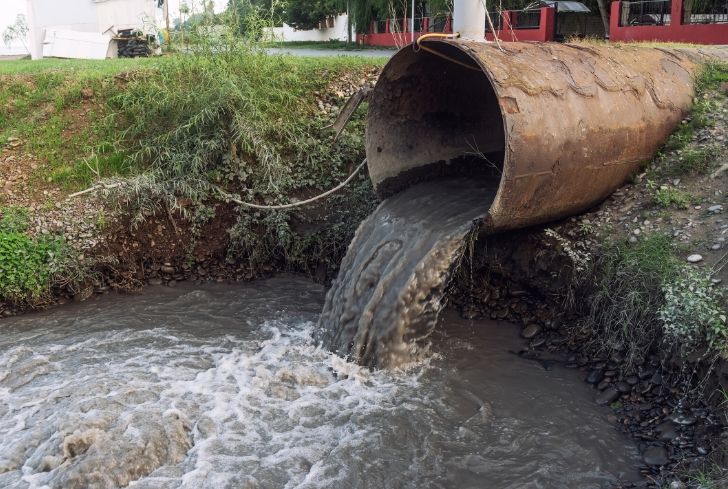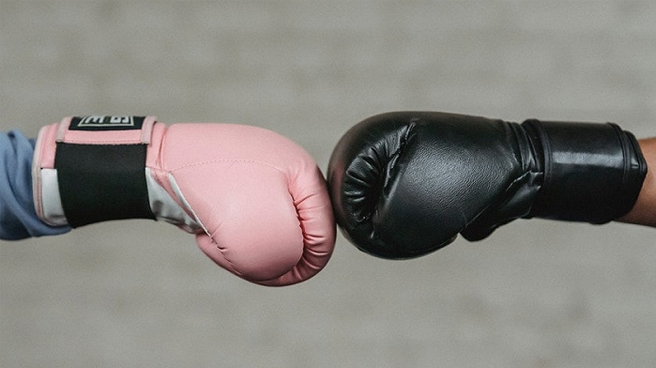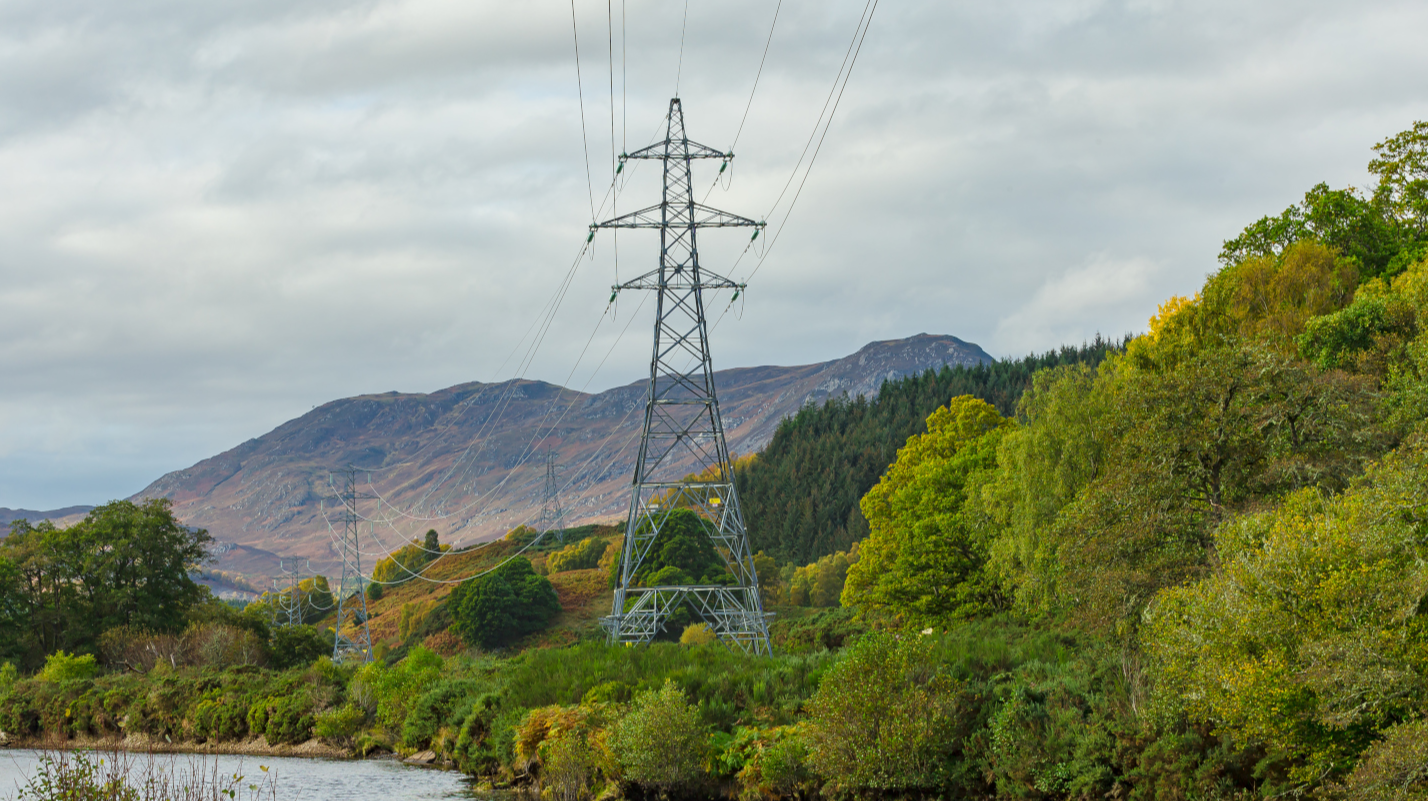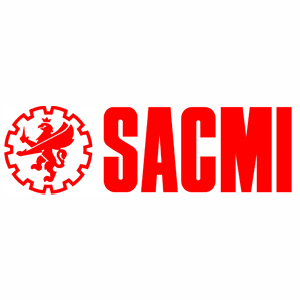Wastewater treatment is the process of converting wastewater – water that is no longer needed or is no longer suitable for use – into bilge water that can be discharged back into the environment.
It may be formed by a number of activities including bathing, washing, using the toilet, and rainwater runoff.
Wastewater is full of contaminants including bacteria, chemicals, and other toxins. Its treatment aims at reducing the contaminants to acceptable levels to make the water safe for discharge back into the environment.
Having said that, what exactly is wastewater treatment and how does it work? Well, that is what we are going to learn over the next couple of sections.
Types of Wastewater Treatment Plants
There are two wastewater treatment plants namely chemical or physical treatment plants, and biological wastewater treatment plants.
Biological waste treatment plants use biological matter and bacteria to break down waste matter. Alternatively, Physical waste treatment plants use chemical reactions as well as physical processes to treat wastewater.
While Biological treatment systems are ideal for treating wastewater from households and business premises, Physical wastewater treatment plants are mostly used to treat wastewater from industries, factories, and manufacturing firms.
Note that Industrial Waste here is a matter of grave concern as most of the wastewater from industries contain chemicals and other toxins that can largely harm the environment.
According to Wikipedia,
“Wastewater treatment is a process used to remove contaminants from wastewater or sewage and convert it into an effluent that can be returned to the water cycle with minimum impact on the environment, or directly reused. The latter is called water reclamation because treated wastewater can be used for other purposes. The treatment process takes place in a wastewater treatment plant (WWTP), often referred to as a Water Resource Recovery Facility (WRRF) or a Sewage Treatment Plant (STP). Pollutants in municipal wastewater (households and small industries) are removed or broken down.”
Step by Step Wastewater Treatment Process
The following is a step by step process of how wastewater is treated:
1. Wastewater Collection
This is the first step in the wastewater treatment process. Collection systems are put in place by the municipal administration, homeowners as well as business owners to ensure that all the wastewater is collected and directed to a central point.
Note that the wastewater collected here is primarily the water used in our everyday activities like cooking utensils, taking a bath, doing laundry, and more.
This water is collected and then directed to a treatment plant using underground drainage systems or by exhauster tracks owned and operated by business people.
The transportation of wastewater should however be done under hygienic conditions. The pipes or tracks should be leak-proof and the people offering the exhausting services should wear protective clothing.
Since the slightest issue in the exhauster track might affect the overall treatment process, businesses manning the process take extra-care to prevent any mishap.
2. Odor Control
At the treatment plant, odor control is important, to say the least. Wastewater contains a lot of dirty substances that cause a foul smell over time. To ensure that the surrounding areas are free of the foul smell, odor treatment processes are initiated at the treatment plant.
All odor sources are contained and treated using chemicals to neutralize the foul smell producing elements. It is the first wastewater treatment plant process and it’s very important.
3. Screening
This is the next step in the wastewater treatment process. Screening involves the removal of large objects for example nappies, cotton buds, plastics, diapers, rags, sanitary items, nappies, face wipes, broken bottles or bottle tops that in one way or another may damage the equipment.
Failure to observe this step results in constant machine and equipment problems. Specially designed equipment is used to get rid of grit that is usually washed down into the sewer lines by rainwater. The solid wastes removed from the wastewater are then transported and disposed off in landfills.
4. Primary Treatment
This process involves the separation of macrobiotic solid matter from the wastewater. Primary treatment is done by pouring the wastewater into big tanks for the solid matter to settle at the surface of the tanks.
The sludge, the solid waste that settles at the surface of the tanks, is removed by large scrappers and is pushed to the center of the cylindrical tanks and later pumped out of the tanks for further treatment. The remaining water is then pumped for secondary treatment.
5. Secondary Treatment
Also known as the activated sludge process, the secondary treatment stage involves adding seed sludge to the wastewater to ensure that it is broken down further. Air is first pumped into huge aeration tanks that mix the wastewater with the seed sludge which is basically a small amount of sludge, which fuels the growth of bacteria that uses oxygen and the growth of other small microorganisms that consume the remaining organic matter.
This process leads to the production of large particles that settle down at the bottom of the huge tanks. The wastewater passes through the large tanks for a period of 3-6 hours.

6. Bio-solids handling
The solid matter that settles out after the primary and secondary treatment stages are directed to digesters. The digesters are heated at room temperature. The solid wastes are then treated for a month where they undergo anaerobic digestion.
During this process, methane gases are produced and there is a formation of nutrient-rich bio-solids that are recycled and de-watered into local firms.
The methane gas formed is usually used as a source of energy at the treatment plants. It can be used to produce electricity in engines or to simply drive plant equipment. This gas can also be used in boilers to generate heat for digesters.
7. Tertiary treatment
This stage is similar to the one used by drinking water treatment plants which clean raw water for drinking purposes. The tertiary treatment stage has the ability to remove up to 99 percent of the impurities from the wastewater. This produces effluent water that is close to drinking water quality. Unfortunately, this process tends to be a bit expensive as it requires special equipment, well trained and highly skilled equipment operators, chemicals, and steady energy supply. All these are not readily available.
8. Disinfection
After the primary treatment stage and the secondary treatment process, there are still some diseases causing organisms in the remaining treated wastewater.
To eliminate them, the wastewater must be disinfected for at least 20-25 minutes in tanks that contain a mixture of chlorine and sodium hypochlorite. T
he disinfection process is an integral part of the treatment process because it guards the health of the animals and the local people who later use the water for other purposes.
The effluent (treated wastewater) is later released into the environment through the local waterways. This water may now be used in industries, for irrigation, and to meet a range of other purposes like doing laundry and washing clothes.
9. Sludge Treatment
The sludge that is produced and collected during the primary and secondary treatment processes requires concentration and thickening to enable further processing. It is put into thickening tanks that allow it to settle down and later separates from the water.
This process can take up to 24 hours. The remaining water is collected and sent back to the huge aeration tanks for further treatment. The sludge is then treated and sent back into the environment and can be used for agricultural use.
 Pages you might like
Pages you might like








 Latest information
Latest information
 Follow official account
Follow official account
 Online support
Online support
 鄂ICP备2022017323号
鄂ICP备2022017323号
 鄂公网安备 42018502006493
鄂公网安备 42018502006493
 Launch Exhibition
Launch Exhibition
 Release information
Release information



 Today's topic
Today's topic















